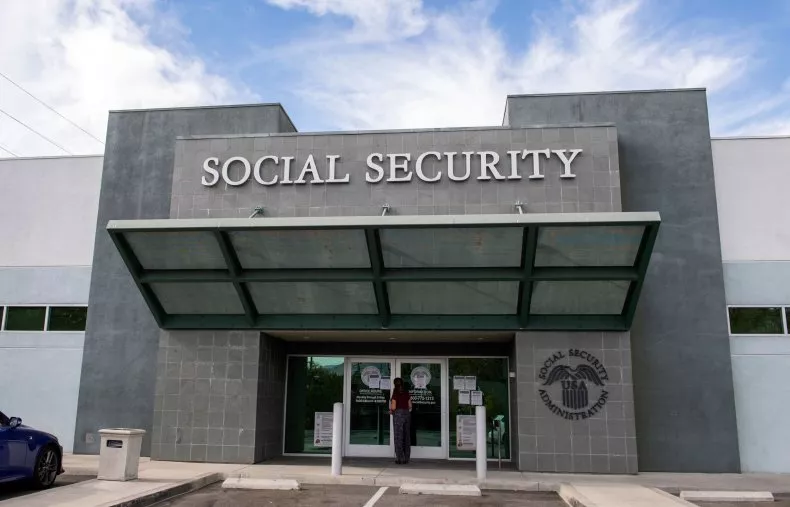
Many Americans might be unaware, but 2025 could bring a major uptick in Social Security taxes.
Millions are likely to see the tax increase as the maximum taxable earnings limit is set to change in mid-October for the year 2025. Social Security updates the limit based on the average wage index, and the Social Security Board of Trustees has predicted that the taxable maximum will move to $174,900 next year, up from 168,600 this year.
That could bring employees’ Social Security taxes up by $391. Since the tax rate is set at 6.2 percent, those with incomes above $174,900 will see $10,844 withheld from their paychecks. This year, the same worker would see $10,453 withheld.
While working Americans who make higher incomes might not be happy about the increase, seniors will likely benefit. The Social Security Board of Trustees predicts that by the mid 2030s, Social Security funds is set to become insolvent, and a cut of roughly 20 percent would hit all retirees depending on income.
“While no one wants to pay more taxes, the unfortunate reality is in order to keep Social Security sustainable as a long-term program, increases like the one probably to occur in 2025 are necessary,” Alex Beene, a financial literacy instructor at the University of Tennessee at Martin, told Newsweek.
“If anything, the amount is more than likely still too low to keep up with the eventual gaps in funding the program will run into over the coming decades.”
With that in mind, Beene said there likely will be more proposals to increase or even outright eliminate the Social Security taxable maximum amount.
“Increasing the taxable maximum would undoubtedly lead to a better-funded program that could last longer in solvency than the current projections indicate,” Beene said.
Still, he said passing any law of this type would likely receive pushback as legislators look to prevent tax increases, even on those with high incomes.
“The typical arguments are that more taxation of any kind on higher-income individuals could negatively impact other investment classes, including businesses which provide jobs and benefits to others,” Beene said.
“But when considering negative impacts, it’s also more than fair to consider the millions of Americans that would be devastatingly affected if Social Security had to undergo substantial cuts in order to exist.”
The amount of Social Security payments will also change next year based on the cost-of-living adjustment, which won’t be released until consumer price index data goes live in October.
The Senior Citizen League previously predicted that benefits would increase 2.7 percent, which would lead to a boost of roughly $51. If that is the case, the average benefit amount would grow to $1,967 per month.